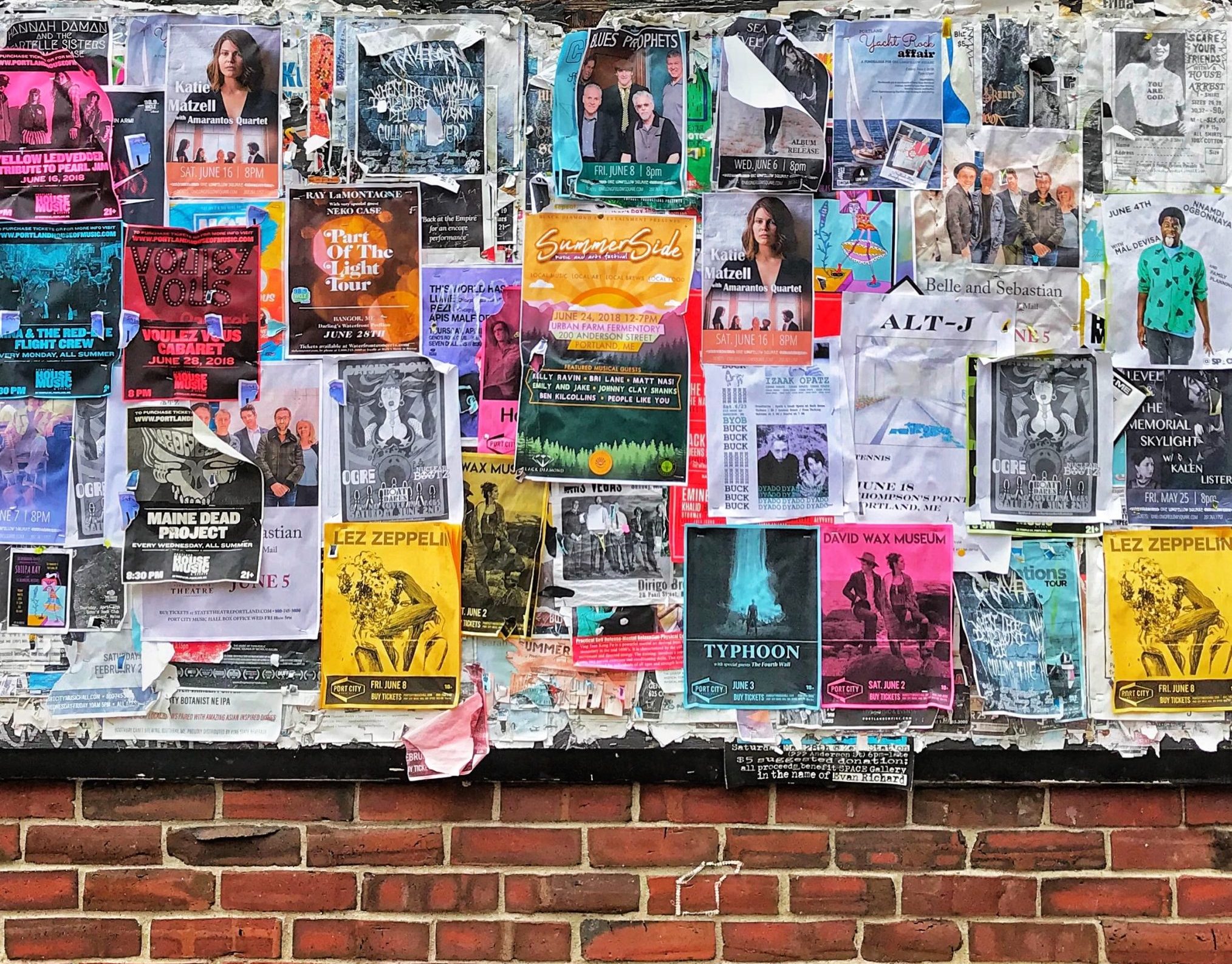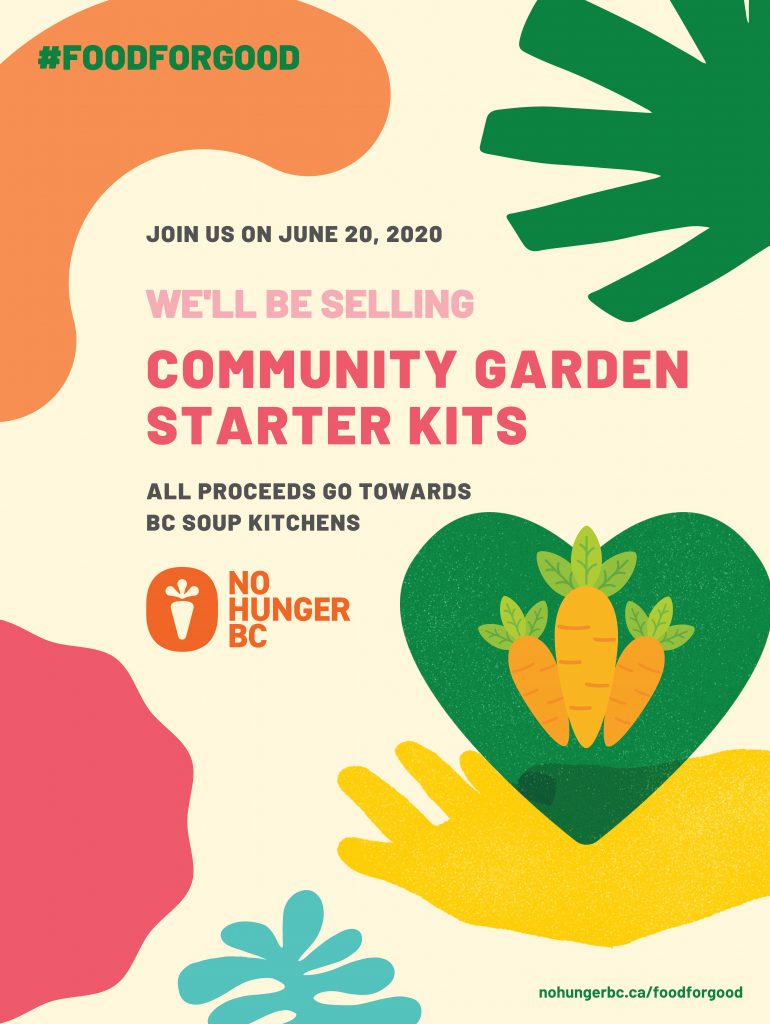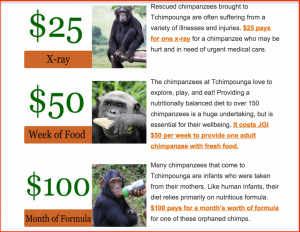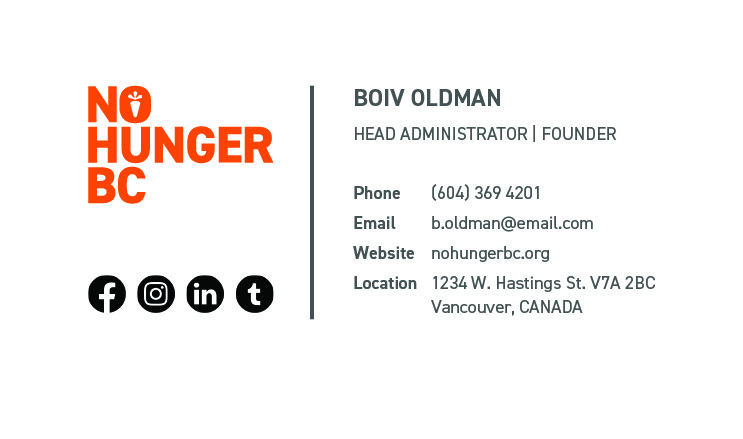Marketing
40 Advertising
Local Advertising on a Budget
When it comes to advertising locally, it can get pricey. Spaces like transit stops, billboards, and publications are effective ways of advertising but they require a subscription, funds that you might not have. Here are some solutions to work around that.
Invest in a Good Printer
Having access to a printer will surely benefit your cause, this allows you to make a lot of resources that you need for your organization within the comfort of your own home. Whether it be for event posters, flyers, brochures, postcards, having a printer will cut the costs of getting those printed at a proper firm in half. Of course, ink and paper can be costly so be sure to research multiple shopping resources before buying your materials. You can find more affordable, quality paper and ink on Amazon over purchasing on the printer’s site.

Take advantage of event boards
Shops and cafes around town will have cork boards for locals to put up requests, events, and/or business cards. Be sure to ask for permission before putting anything up, this also gives you the opportunity to educate them about your cause so that if others ask about the goings-on in town, they can direct them to your event.
Places that would be happy to stay informed and put up events:
- Hotels
- Cafes
- Grocery Stores
- Community Centres
Word of Mouth
In addition to the point above, going around town and informing the shops of the events happening around them will initiate action. Whether they’re informing their customers, staff, or friends and family, word will travel fast. You can also take to the streets, wearing proper identification of your cause, you could go around and talk with passersby about the cause or an event. But be considerate, not everyone wants to spend the time learning about your cause. Providing flyers or brochures for quick reading can help information travel in an indirect way.
Example Event Poster
Here is an example of an event poster, it should include the following:

- Hashtags. Hashtags are a great way to draw attention to your event through social media, and using one on a poster encourages people to share your event on their social platforms.
- Information. Your event poster should have a captivating headline to pull viewers in, this can be achieved with the use of colour, size or by making the text bolder.
- Graphics. By adding interesting graphics to your poster, it can help draw viewers to your poster as a visual aid.
- Call to Action. Along with the hashtag, there should be a proper call to action, it could be a website URL or a social tag, @nohungerbc.
Email Marketing: How to Write the Best Fundraising Emails[1]
For most nonprofits, the best ways to raise money online is with a fundraising email strategy. Email is the most effective way to send qualified prospects to your donation page. Email subscribers, by definition, have given you permission to tell them about your cause. Many times, they are waiting to be asked. But let’s face it, writing effective fundraising emails is not easy. But it can be done if you follow a process to develop your own email messages. Here are eight steps you can follow to write or even rewrite fundraising emails for your next campaign:
Start with an eye-catching banner
Think of an email as a virtual letter, letters from companies often have a branded banner for their letterheads. With email, it’s similar to that except that you can use the header as more of a marketing tool. Banners can be customized to accommodate any event happening within your organization, Canva has free email headers and newsletter templates to start with.
Tell a good story
A good story is the foundation of any effective fundraising appeal. Begin your fundraising appeal with a story that pulls at the reader’s heartstrings. Talk about a real person who benefited from your work. Make the donor the hero, not your organization.
Include imagery! Your readers will connect with the email so much more if they can visually see what you’re fighting for and the impact they will have.
Make it about them
View your fundraising email as a unique opportunity to develop a relationship with someone who wants to receive your emails, and is possibly open to making a donation. Start by imagining a specific supporter that you’ve met a few times. Write your email as if you’re writing a personal appeal to this person. Tell them why their support is invaluable. Connect their support to the outcome. Use their first name, and write the email in second-person narrative, use terms that are directed at the reader, like “you” instead of “I” or “we.”
Talk about the money
Gain the trust of potential donors by being transparent about your funding gap (the gap between funds that cover admin costs, and what is needed to pay for specific programs).
E.g. “Sponsors and grants cover administrative costs, but we need your support to make sure programs like Science Friday continue to reach people like you.”

This approach communicates transparency and responsibility – making donors feel confident about how their dollars will be spent.
Tell them what their money will do
Tell potential donors exactly how the money will be used, and what outcome will result from their donations. This approach helps donors connect the dots between their donation and the outcome they seek. This gives the donor a sense of realistic, personal impact.
Keep it short
No one has time to read a long fundraising email. In fact, most people will just skim it first, then either delete it or keep reading.
Here are four tips for keeping it short:
- Limit paragraphs to 2-3 sentences.
- Limit the overall email to 2-3 paragraphs.
- Break up the text with headlines.
- Enter your email copy into this readability tester.
Ask three times
Don’t forget about the call to action! In fact, make sure you ask three times in your fundraising appeal. But don’t just repeat the same phrase over and over, ask in different ways.
E.g. At the beginning of the email, you can say “you can make a difference”, linking to your donation page. In the second and third paragraphs, you can ask again: “Join others like yourself to make a difference”. Also, try asking once in between two paragraphs, in bold text.
Tell them they can say no
People will often give bigger donations when they feel their personal free will is respected. Giving people the choice of NOT donating almost doubles the likelihood that they will donate!
Don’t ask for money in the first email: No one likes to be asked to make a donation if they haven’t heard from you in a while. If that’s the case with your nonprofit, your first email should encourage your potential donor to learn more about the campaign.
E.g. charity: water often asks supporters to watch a video or read an article, before asking them to raise money.
Leading off with a powerful story says that you’re not all about asking for money, which helps build trust. It also helps you connect with your potential donor on an emotional level – where fundraising happens.
Finish off with a professional signature
Providing an official email signature will help solidify your organization. This also helps to keep your email away from scams, many readers will be looking for credibility in your email, an email signature can help with that. Your email provider will have an option to create an email signature, along with your name, you should include your work position (if you’re unsure as to what job title you have in a nonprofit, thebalancecareers.com offers these as possible name ideas: Nonprofit Job Titles), contact information, an actual signature (for legitimacy), social outlets, as well as the logo of your organization.

No Hunger BC Email Signature
*
External Resources
Attributions:
This page contains material from:
Haydon, J. (2019, July 21). How to write your best fundraising emails. Retrieved from https://www.socialbrite.org/2019/03/25/how-to-write-your-best-fundraising-emails/
Jordan, K. (2020, June 10).
Paris, S. (2020, June 8).
- https://www.socialbrite.org/2019/03/25/how-to-write-your-best-fundraising-emails/ ↵

